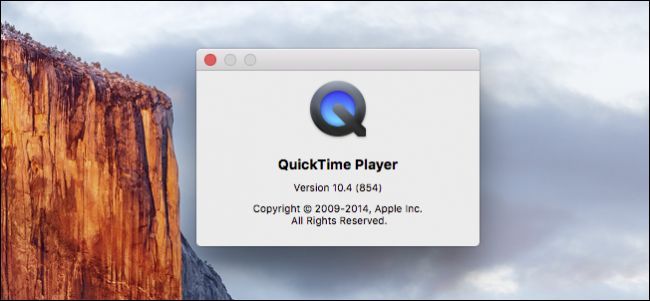Ever since the first smart people figured out how to digitize video on a computer, there’s been an ongoing effort to make video take up less space while still offering great image quality. There are many different approaches to this, which is why we have so many video formats. While you don’t have to know absolutely all of them, there are a few key types that are worth being aware of.
Why Video File Formats Matter
Every video format has some unique history as to why it exists and works the way it does. Some were designed for home media such as DVD and Blu-ray, others were made for use in software like video games, or for transmission over the internet.
If you know something about video formats, you can be sure to pick the most suitable one for videos that you create or convert. Likewise, when you encounter a video file that has some sort of problem, knowing its format can help you troubleshoot playback issues.
Understanding Codecs and Containers
A video file format is made up of two key parts: containers and codecs.
Containers are basically just file formats that contain other files. So a video container will have the video, audio, subtitles, and anything else relevant to the media all sewn up in a single file.
A codec, on the other hand, is an algorithm used to process audio and video so that it takes up less space, while trying to keep as much quality as possible.
An MP4 file is a container, but two MP4 files might not be using the same codec, such as H.254 or H.265.
With that out of the way, let’s look at those common file formats.
MP4: The Versatile Standard
MPEG-4 Part 14 (MP4) is one of the most widely-used file formats. MP4s offer a good mix of file size and quality because it supports efficient video and audio codecs. MP4s are highly compatible, and most devices that can play video files can play MP4 files.
MOV: Optimized for Apple Ecosystems
MOV files are associated with Apple computers and the Apple Quicktime player in particular. MOV files are derived from the same base standard as MP4 files, which is why it’s sometimes possible to rename a MOV file to MP4 and have it work just fine. However, MOV files can contain DRM or other Apple-specific additions that are outside the MP4 specifications and wouldn’t work on most MP4 players.
AVI: The Legacy Format
Introduced by Microsoft in 1992 AVI or Audio Video Interleave was the first ever type of video I saw on a computer. It was an AVI file of the first ever film in (if I recall correctly) Microsoft Encarta ’97.
AVI is rarely if ever used these days, since it’s not a very efficient format for video, so any AVI files you encounter are likely to be quite old, and very chunky-looking.
MKV: The Flexible Option
Matroska Video (MKV) is an open source format that’s great for backups of media like DVDs because it supports multiple audio tracks, subtitles, and even multiple video streams. While it’s quite a bit more compatible these days, many embedded video players won’t work with MKV at all.
Windows Media Video is another format you hardly run across these days, and for the most part only Windows apps like Windows Media Player or Internet Explorer worked with these files. It’s one of the early examples of a video format designed for web streaming. At least the first WMV codec was meant for this as competition to RealVideo.
FLV: Flash Video’s Former Glory
FLV or Flash Video was at one point the most popular way to put moving pictures on the web. It spawned an entire generation of creators, and is responsible for a lot of modern internet culture. The technology itself, however, faded away once Adobe dropped support for its Flash Player software. This was probably the right move since FLV had several issues, including potential security problems. The role that FLV files used to play on the web has now largely been overtaken by HTML5.
WebM: Web-Friendly Format
WebM is an open-source format designed specifically for delivering video on websites. It’s free and open, so it attracts no royalty fees, and any modern browser can play WebM files with no additional downloads or extensions.
Annoyingly, however, outside of web browsers, basically nothing supports WebM, so you’ll always have to use a video conversion program to convert it to something like MP4 format before you can use the files elsewhere.
That covers most of the important video file types, but there are, of course, many more, but now you’re armed with knowledge of the vast majority of files you’ll encounter.







